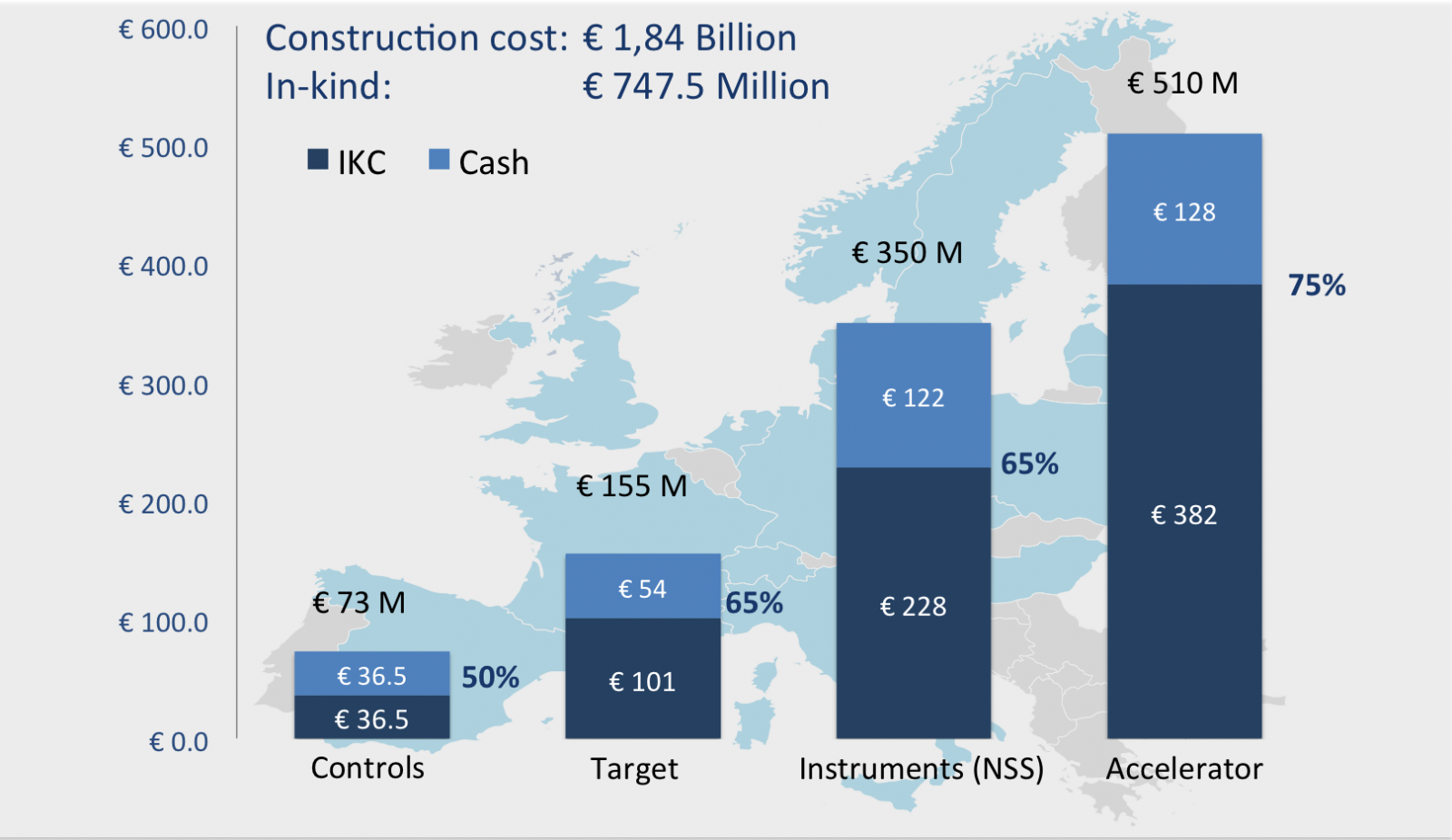In-Kind Best Practices
In-Kind Contributions present one of the fundamental concepts of ESS. It is estimated that 40% of the entire ESS construction will be conducted through In-Kind agreements. As a result, it is important to share the knowledge base regarding In-Kind contributions with ESS partners.
This Best Practices platform aims to answer some of the fundamental questions regarding In-Kind contributions. The most important terms are linked together and present a good overview of key In-Kind concepts at ESS. We are eager to develop this platform further and establish it as a starting point for further sharing of best In-Kind practices around Europe.
A good way to start is defining what In-Kind Contributions are. An In-kind Contribution is a non-cash contribution provided by a Member to the Organisation and may cover:
Technical components for the ESS facility as well as personnel needed to perform the testing, installation and/or integration of any such components;
- R&D work as well as personnel needed to perform the R&D work;
- Personnel made available for specific tasks during the Construction Phase;
- Other products or services relevant for the completion of the ESS facility.
Every In-Kind contribution must follow the In-Kind Process. The In-Kind Collaboration is managed by the Work Unit/Work Package coordinators supported by In-Kind Management Group.
In-Kind Contributions have many advantages, but their disadvantages should not be ignored as well. Projects like ESS must rely on In-Kind contributions because they act as a sign of dedication from partner countries to the successful construction of a joint European project such as ESS.


 is funded by the European Union Framework Programme for Research and Innovation Horizon 2020, under grant agreement 676548.
is funded by the European Union Framework Programme for Research and Innovation Horizon 2020, under grant agreement 676548.